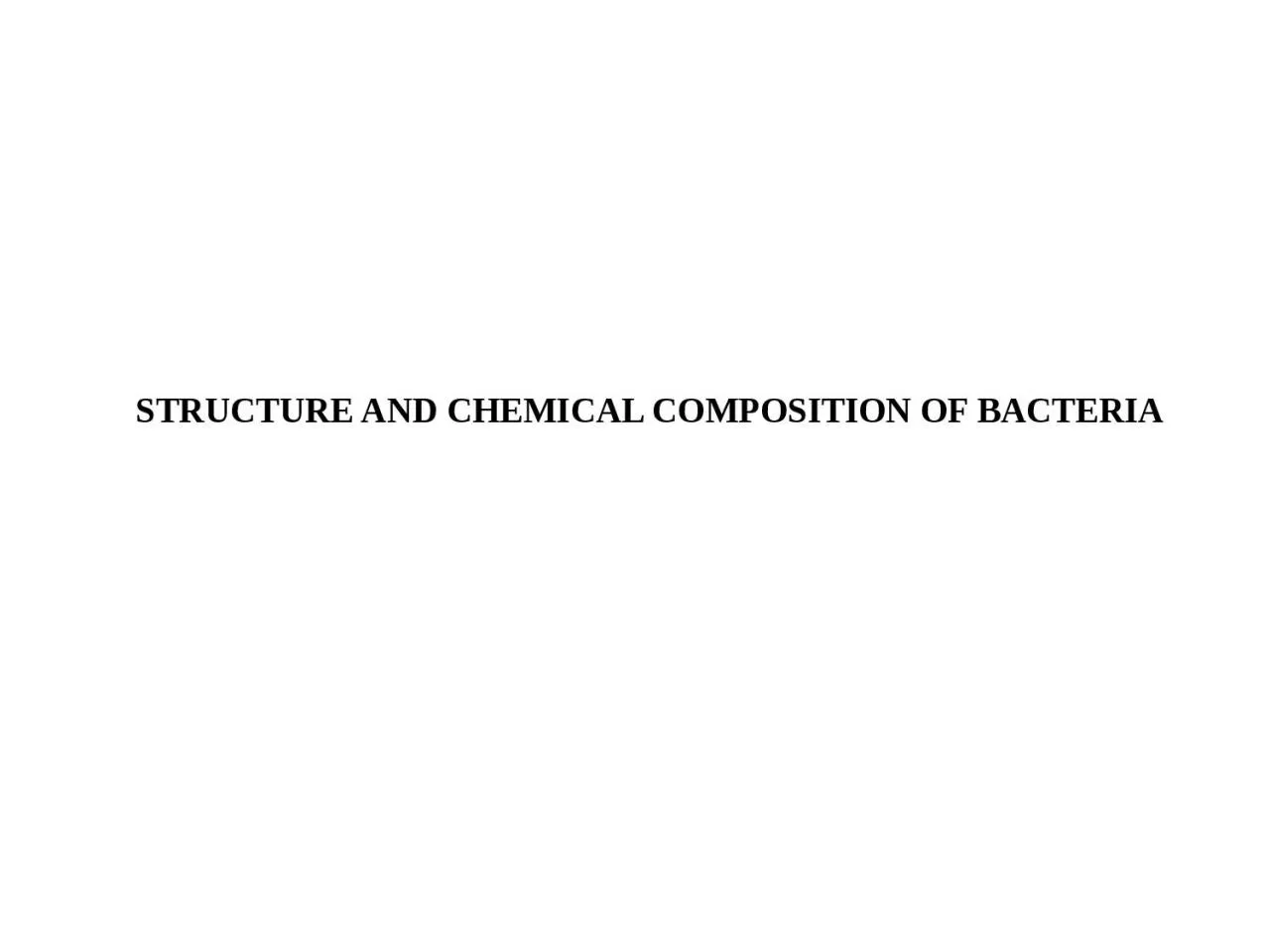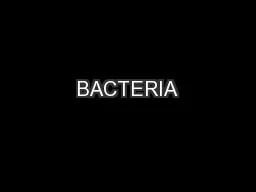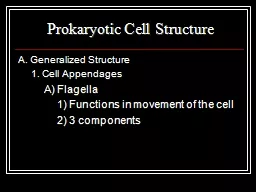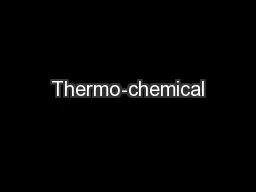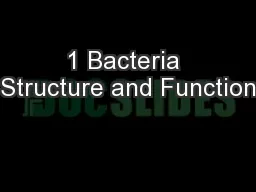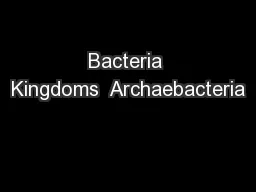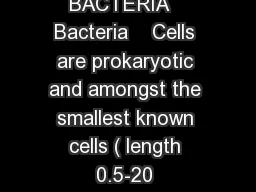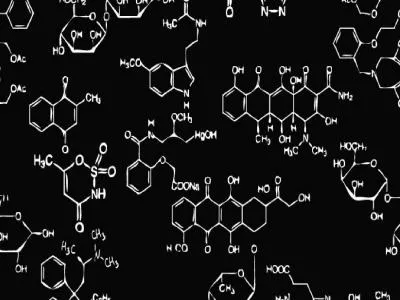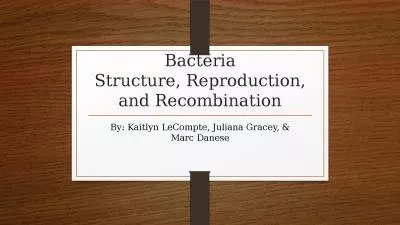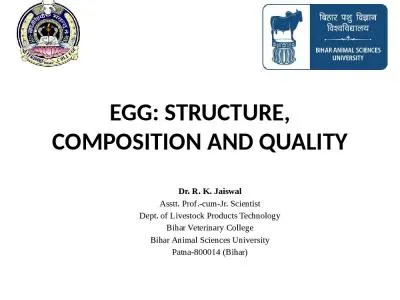PPT-STRUCTURE AND CHEMICAL COMPOSITION OF BACTERIA
Author : grace3 | Published Date : 2024-01-03
Size of a Bacterial Cell There are great variations in size of bacteria They measure from 075 µ to 15 µ but on an average each cell of bacterium measures about
Presentation Embed Code
Download Presentation
Download Presentation The PPT/PDF document "STRUCTURE AND CHEMICAL COMPOSITION OF BA..." is the property of its rightful owner. Permission is granted to download and print the materials on this website for personal, non-commercial use only, and to display it on your personal computer provided you do not modify the materials and that you retain all copyright notices contained in the materials. By downloading content from our website, you accept the terms of this agreement.
STRUCTURE AND CHEMICAL COMPOSITION OF BACTERIA: Transcript
Download Rules Of Document
"STRUCTURE AND CHEMICAL COMPOSITION OF BACTERIA"The content belongs to its owner. You may download and print it for personal use, without modification, and keep all copyright notices. By downloading, you agree to these terms.
Related Documents

